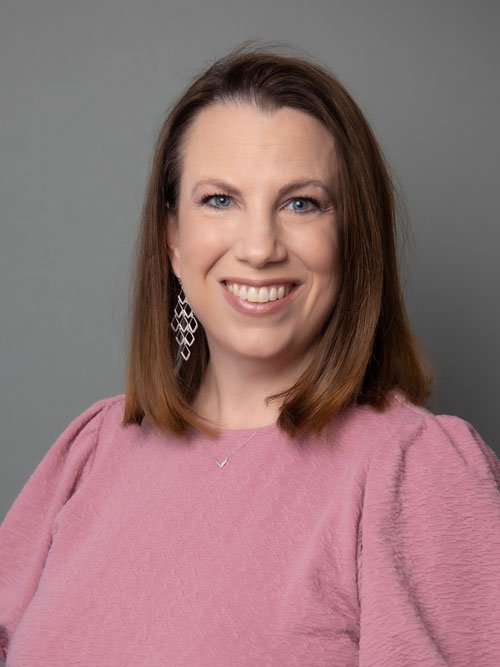Food is Medicine for EoE
An interview with Stephanie Page, MD, Midwest Pediatric Specialists
Dr. Stephanie Page
Food is medicine for EoE. Eosinophilic esophagitis (EoE) is a type of allergic reaction, but not in the classic sense. It is where white blood cells (called eosinophils) accumulate in the esophagus causing inflammation and damage. “EoE is a delayed hypersensitivity reaction, similar to poison ivy. You go hiking in the woods on Saturday and you break out in a rash on Tuesday. EoE is a delayed reaction; you eat the food on Sunday and have symptoms Wednesday or Thursday.” These symptoms include difficulty swallowing and chronic pain, which can lead to poor growth.
An EoE reaction is caused by eating certain foods known as triggers. Currently, the most effective way to determine your triggers is by eliminating food sequentially, then scoping the esophagus to count the eosinophils. If the count goes down, then that food is a trigger. Milk is usually the first to go, followed by wheat, eggs, soy, fish, and nuts. “Always during the process I’m asking, ‘What did you replace your foods with?’” Oftentimes, when certain foods are eliminated, concentrated alternatives take their place, and they are not always the most healthy option and, in the case of EoE, might cause even further complications.
But EoE has an option that food allergies and celiac disease do not.
For EoE, there is a steroid which can be taken to soothe and open the esophagus. “Over time, the inflammation goes away. But as soon as you stop taking the medicine, all the symptoms come back, because you don’t get rid of the reason the inflammation is there: the food.” That is because in reality, the right food is medicine for EoE.
Stephanie Page says, “the point of steroids is to let kids eat their trigger foods. At the same time, steroids are a band-aid; how does that fit into your philosophy of lifelong management of your child’s disease? My goal is to provide as much education as possible so the families can make the decision that works best for them.” Her preference is to find the triggers and avoid the food, therefore by-passing the traditional twice-a-day band-aid medication altogether. However, the steroid is largely subsidized by insurance, but free-from food is not.
The question of insurance.
In prescribing that food is medicine for EoE, Stephanie Page says “it is a constant balance of what will insurance cover, what will insurance not cover; what can the family afford, and what can the family not afford. Eating alternative foods is not cheap. Having a formula-fed child is not cheap.”
“If we can make a difference in the way reimbursements occur, the way that food sources and food supplies can improve the quality in these patient’s lives, then we are making a big difference. That is what I love about FEI. They are there. They are helpful.”
For EoE, she says, “‘Food is Medicine’ is broadening people’s viewpoints to think outside the box like, ‘hey, my child is being treated, it just isn’t a pill.’”
Food is Medicine for EoE.
Food comes in all shapes and forms, but not all food is created equally. Have you heard that phrase: You are what you eat? Well, that isn’t too far off from the truth. Dr. Page says, “if people can understand that food is medicine, they might think about the foods they are eating differently and be more inclined to change the way they eat. For more information about the Food is Medicine movement, check out this article.
National Food is Medicine Day is September 14th. Consider making a financial donation to help ensure everyone is getting access to the right foods as medicine for their needs.

